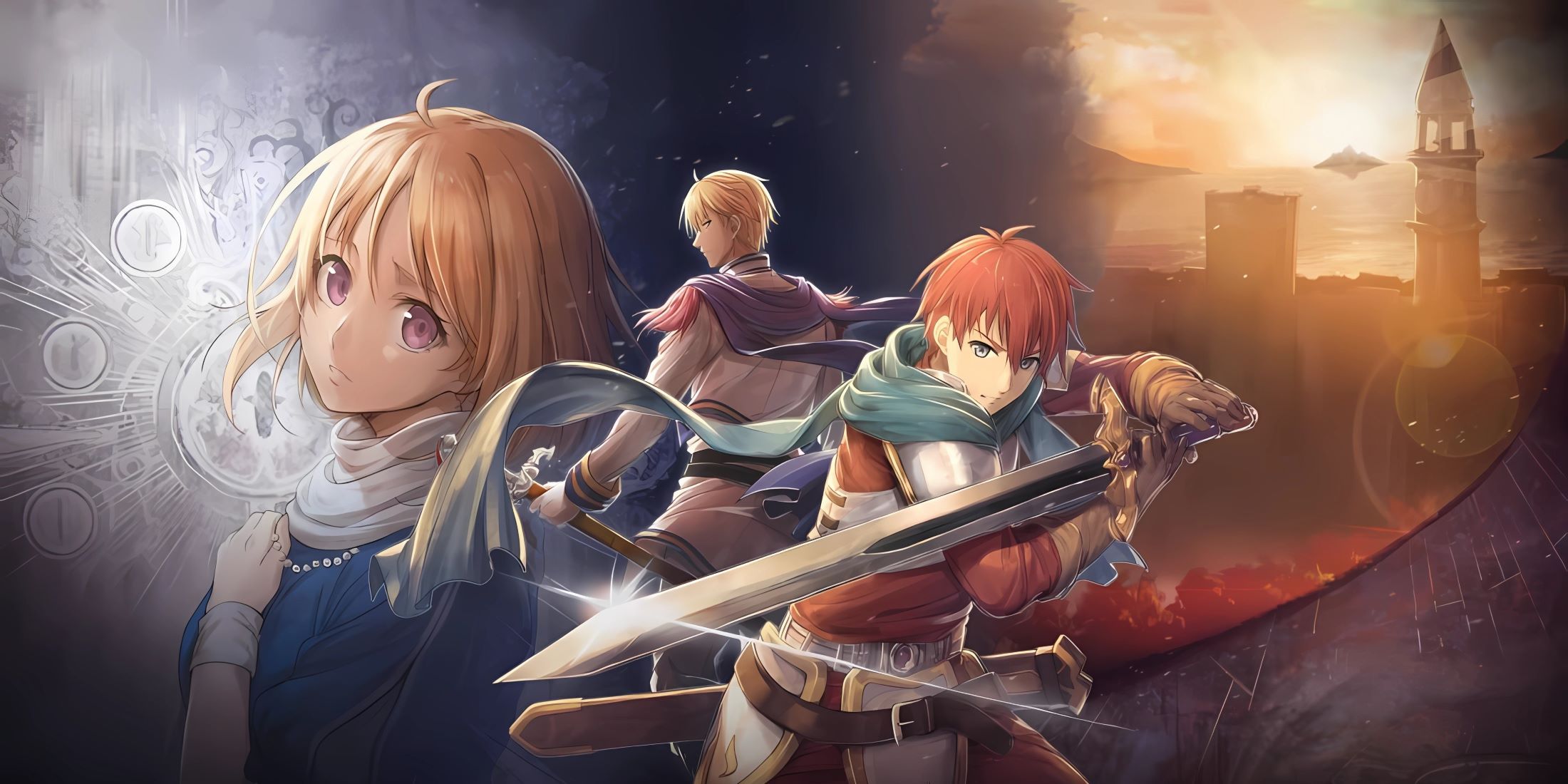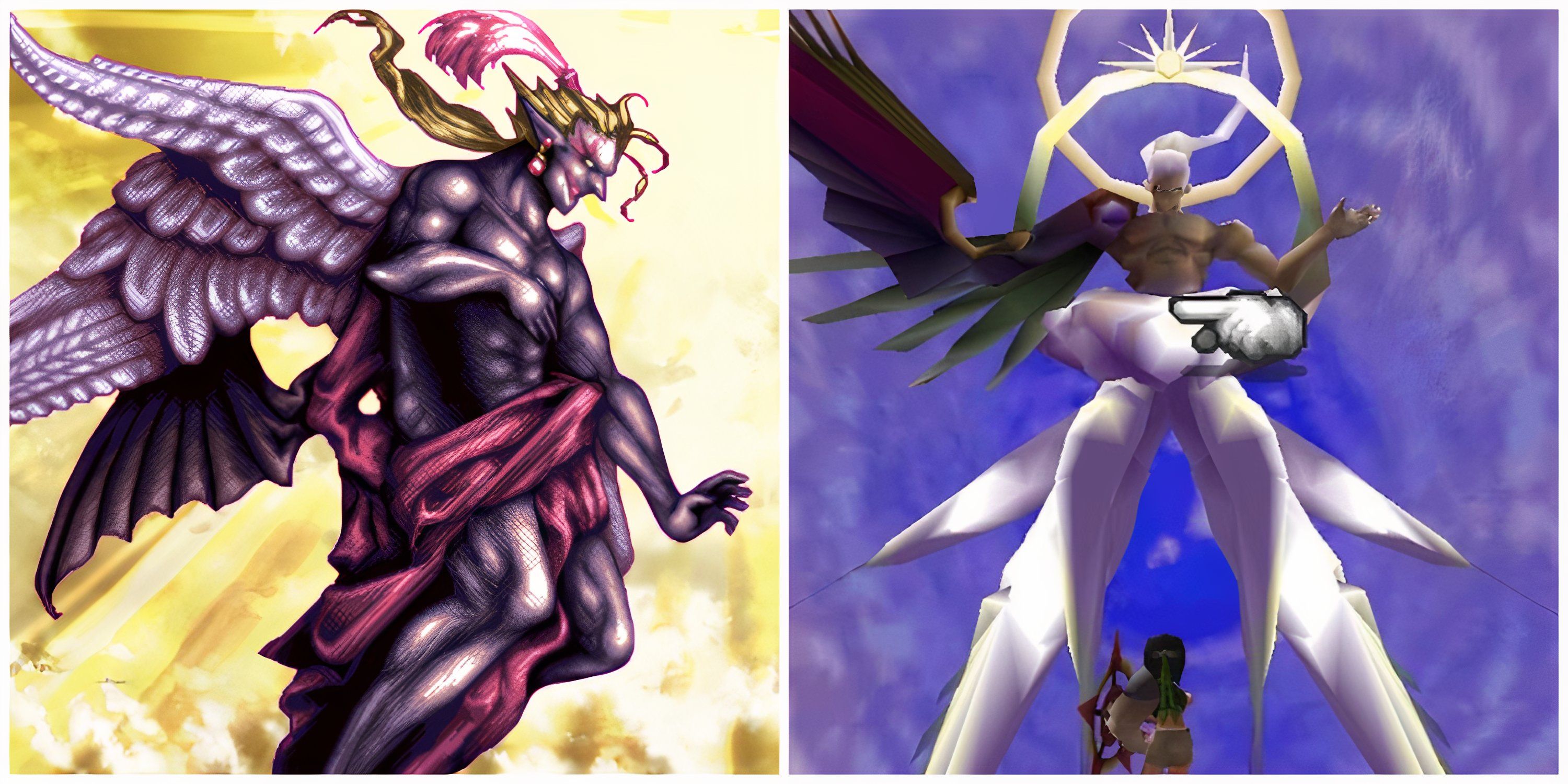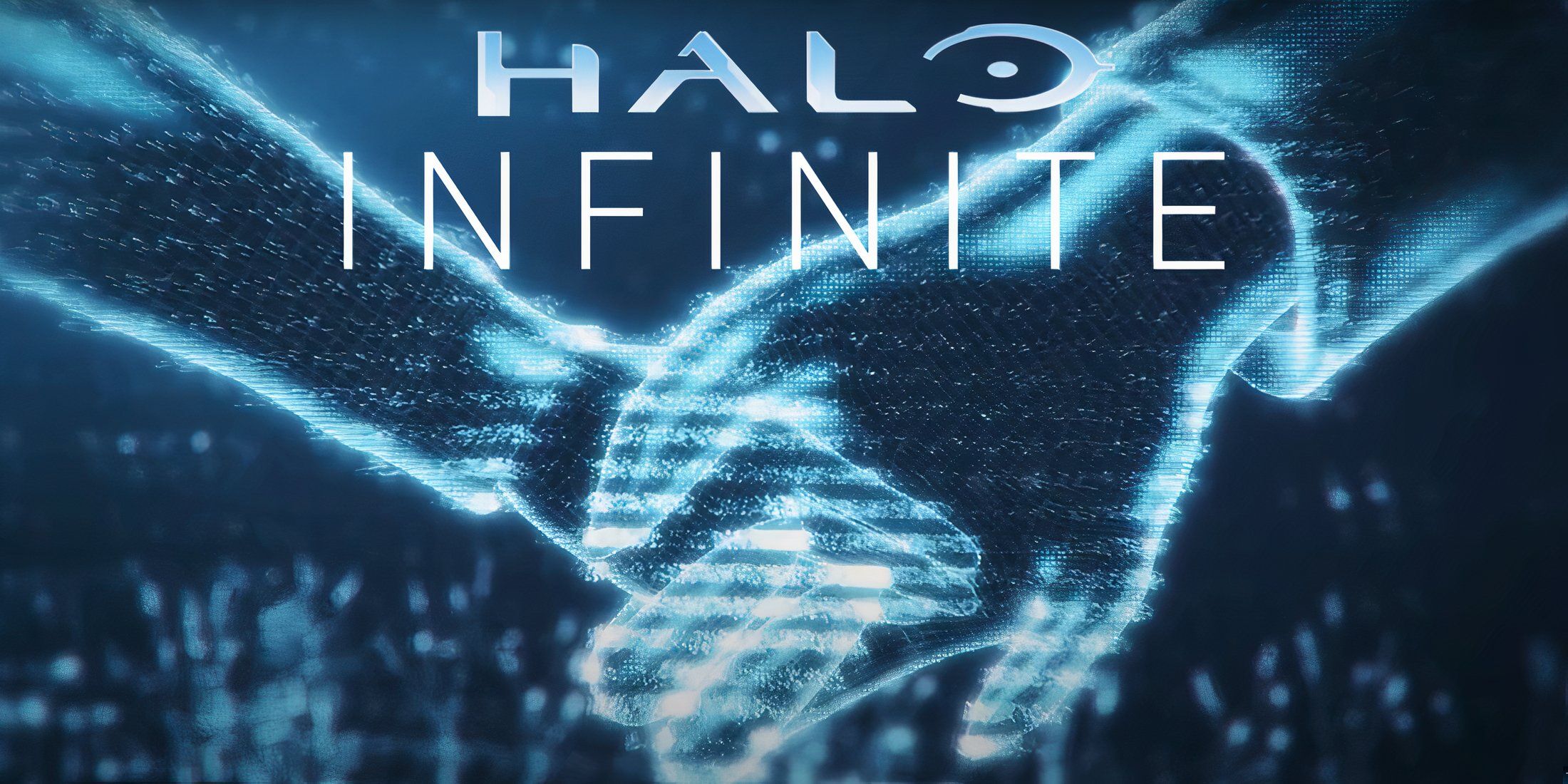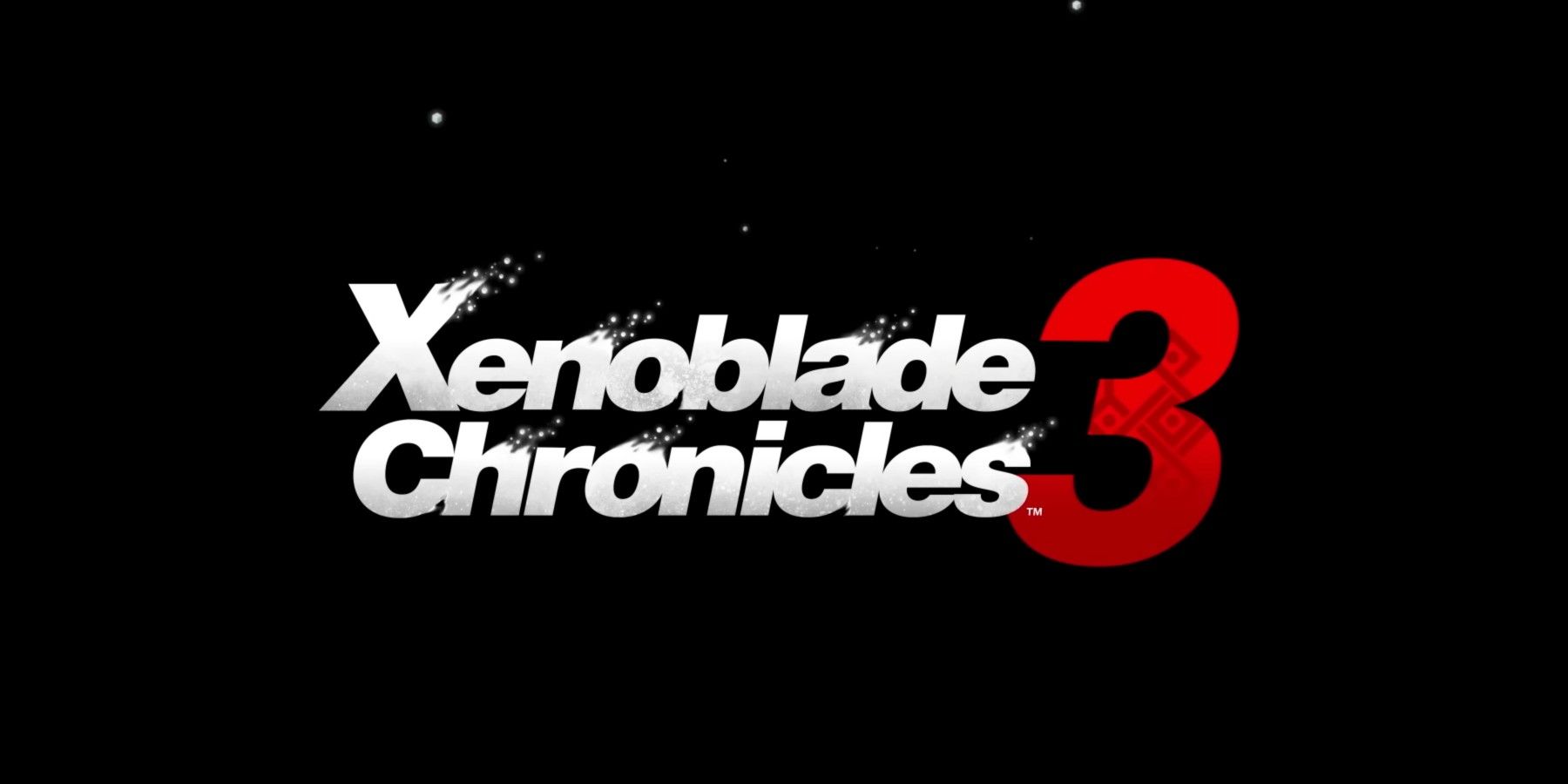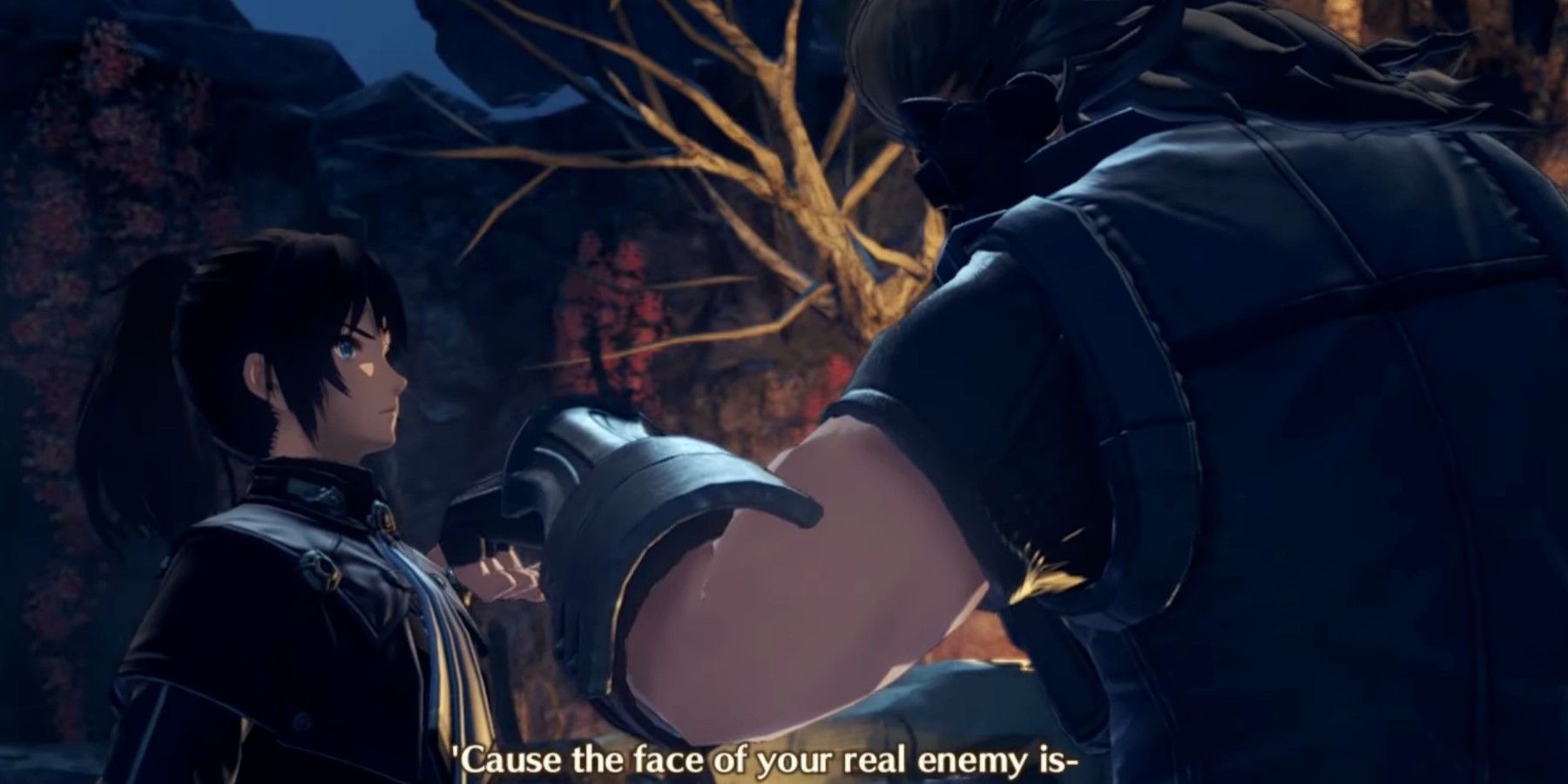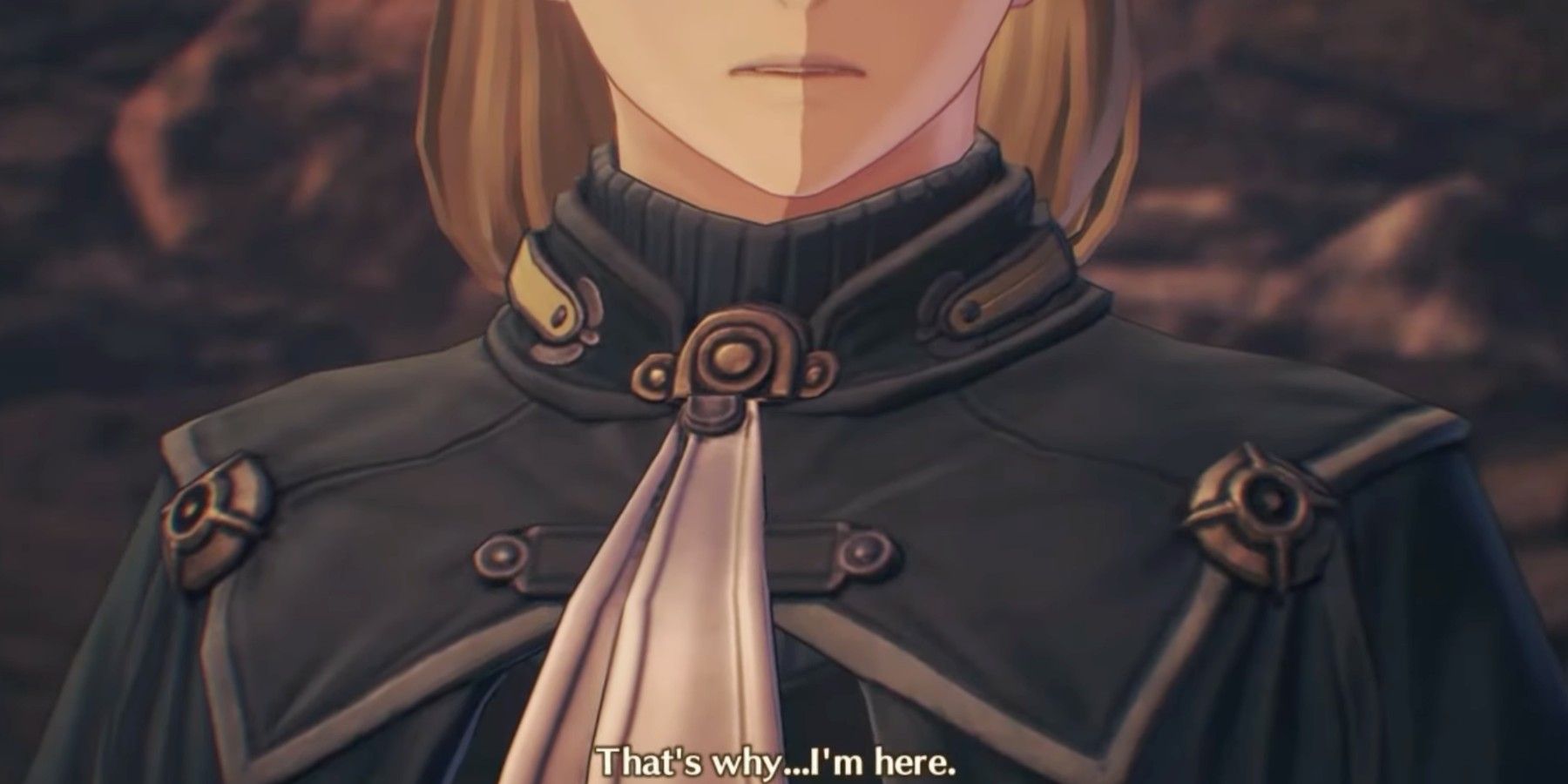Xenoblade Chronicles 3 takes advantage of its robust world full of vibrant characters and rich history by utilizing the narrative elements of foreshadow and flashback efficiently in order to create intrigue and draw players into the compelling storyline. When a world such as the Xenoblade Chronicles 3 setting of Aionios is steeped in a mysterious history that precedes the main events of the game by many years, there is a lot of content to cover in order for the narrative to make sense.
At the same time, Xenoblade Chronicles 3 has many activities of its own that it needs to introduce to the player in order to not break immersion. In a massive RPG with an open world, there are a lot of different things to do and a lot of places to explore. However, whether players are focused on crafting some of Xenoblade Chronicles 3's gems in order to upgrade their characters' classes or hunting down the game's difficult, unique monster fights, the game never lets up on providing narrative details and adding to the compelling storyline in little ways here and there.
Xenoblade Chronicles 3's Foreshadowing
In a narrative, foreshadowing is a literary or cinematic technique in which events, ideas, or situations that will arise later in the plot are hinted at earlier on in order to raise the stakes or create tension and intrigue. Foreshadowing is used extensively in TV shows like One Piece in order to give audiences something to look forward to for each coming episode. Sometimes the foreshadowing is subtle and underhanded, and other times, it can be upfront and in the audience's face. Either way, the intended effect is an increase in tension and mystery.
Xenoblade Chronicles 3 is a very long game, taking dozens of hours to get through, depending on how much side content the player engages in along the way. The story is complex and has a lot of intersecting arcs that go around and around in various ways until they each come to their cathartic ends. As this happens, some moments may dumbfound the player, simply because the game is engaging in some foreshadowing that the player is entirely unaware of. For example, when Vandham (a character whose name is very familiar to fans of Xenoblade Chronicles 2) meets the group of main characters at the beginning of the story, he talks about "the real enemy" - but he isn't able to actually finish telling them who the real enemy is.
In Aionios, the two kingdoms of Keves and Agnus are fighting a perpetual war with one another. The two main squads of characters come from opposite sides of this war, and initially start fighting. However, Vandham stops them, because he comes from the City, a society of people that reveres the Ouroboros, a powerful form created by the queens of Keves and Agnus to fight against Moebius, who are these "real enemies" that Vandham speaks of. None of this, of course, is known to the player at this time. It is all revealed as the plot unravels along the way.
Though Xenoblade Chronicles3 has both positive and negative aspects, it still spends a lot of time spinning an intricate and complex narrative with many dynamic characters that all have interesting motivations and backgrounds. Just as the foreshadowing in the storyline creates intrigue, the flashbacks also add to the narrative flare in the game.
Xenoblade Chronicles 3's Flashbacks
Flashback is a literary and cinematic technique that sends readers and audiences into the past to reveal background information, fill in plot holes, and carry out various other functions to enhance the narrative. Sometimes a TV show like Stranger Things may overuse flashback as a narrative crutch instead of implementing it only when necessary to achieve a lasting effect. When this happens, audiences can become desensitized to how much a story seems to be relying on flashbacks rather than just trusting the watchers to infer from context clues or use their imaginations.
Xenoblade Chronicles 3 has many interesting characters, and all of them have unique backstories that affect them in the present. The main character on the Keves side is Noah, who is an Off-Seer, which means he is tasked with sending the spirits of dead soldiers to rest in peace using his Off-Seer's Flute. His mentor, Crys, is mentioned and seen in flashbacks as the story progresses, and players discover that Crys dies in his tenth term, but isn't otherwise given too much screen time.
However, he returns as a Consul and a boss-fight later in the game. Cited as one of the more difficult boss fights, and a place where players have had difficulty if they have not spent time leveling up their parties in Xenoblade Chronicles 3 with side quests and other activities, Crys delivers emotional speeches to Noah about the world and destiny, all while players are searching their memories to remember just who this character is. Fortunately, flashbacks provide backup. Flashbacks allow for a narrative to spin back around on itself and retell certain pieces of the story from a new angle, which gives players more of an understanding of the greater story arcs that some characters have.
Whether it is hinting at things in the future with foreshadowing or adding context and narrative layering with flashbacks, Xenoblade Chronicles 3 does many things well and gives players a lot of different things to look forward to. Narrative elements are meant to be manipulated and used in fresh, new ways in order to enhance a story. Video games are a unique medium for storytelling, and the more immersive they are, the more the players feel that they are part and parcel to the experience. Literary techniques like foreshadowing and flashback are absolutely vital to this immersion.
Xenoblade Chronicles 3 is available now for the Nintendo Switch.

